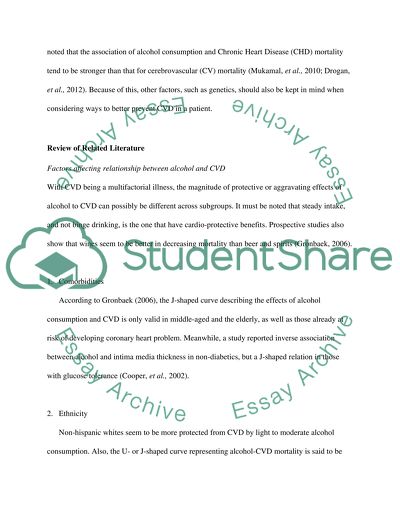Cite this document
(“Alcohol, cardiovascular disease and genetic modification Research Paper”, n.d.)
Alcohol, cardiovascular disease and genetic modification Research Paper. Retrieved from https://studentshare.org/health-sciences-medicine/1462746-alcohol-cardiovascular-disease-and-genetic
Alcohol, cardiovascular disease and genetic modification Research Paper. Retrieved from https://studentshare.org/health-sciences-medicine/1462746-alcohol-cardiovascular-disease-and-genetic
(Alcohol, Cardiovascular Disease and Genetic Modification Research Paper)
Alcohol, Cardiovascular Disease and Genetic Modification Research Paper. https://studentshare.org/health-sciences-medicine/1462746-alcohol-cardiovascular-disease-and-genetic.
Alcohol, Cardiovascular Disease and Genetic Modification Research Paper. https://studentshare.org/health-sciences-medicine/1462746-alcohol-cardiovascular-disease-and-genetic.
“Alcohol, Cardiovascular Disease and Genetic Modification Research Paper”, n.d. https://studentshare.org/health-sciences-medicine/1462746-alcohol-cardiovascular-disease-and-genetic.


